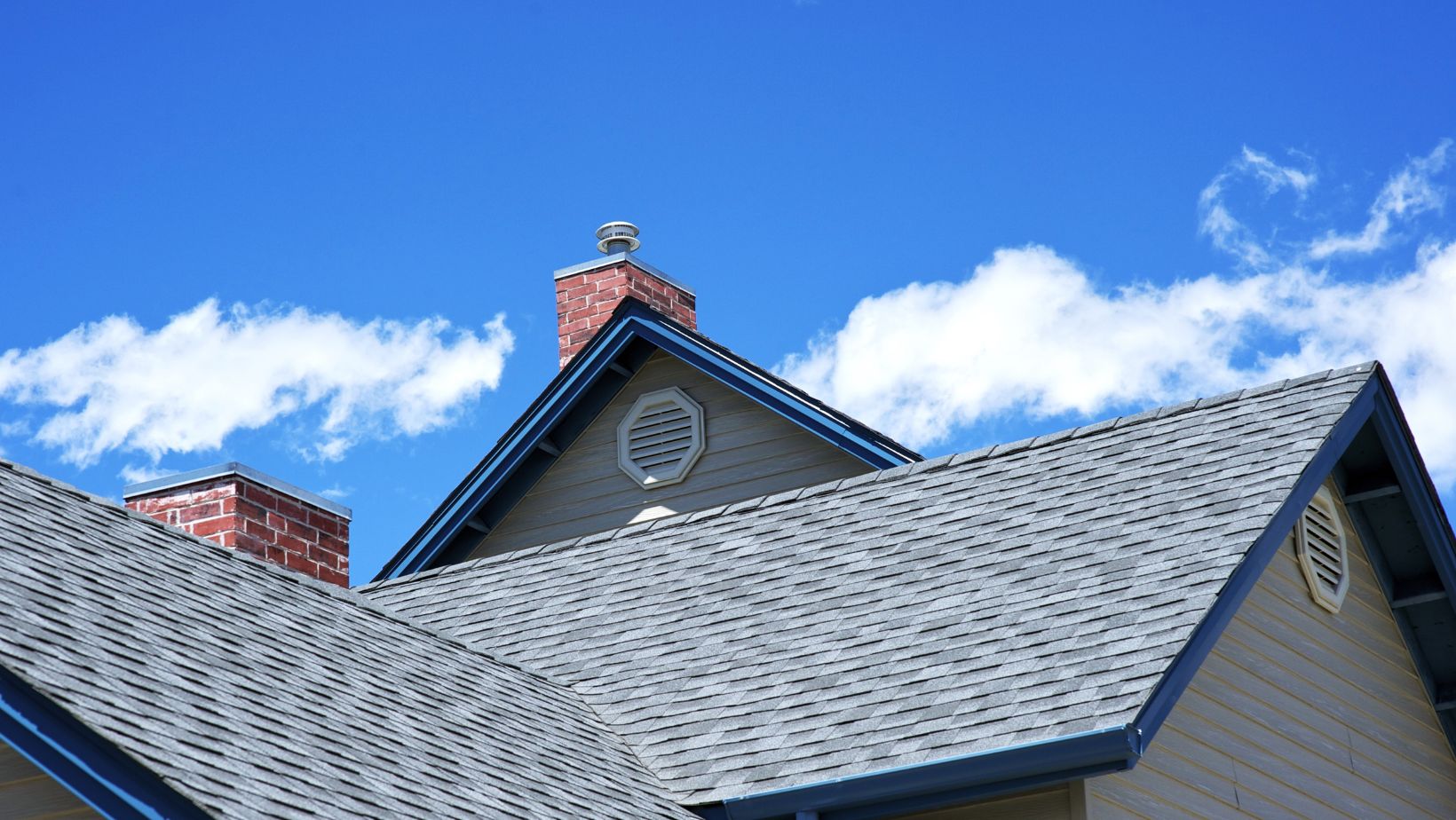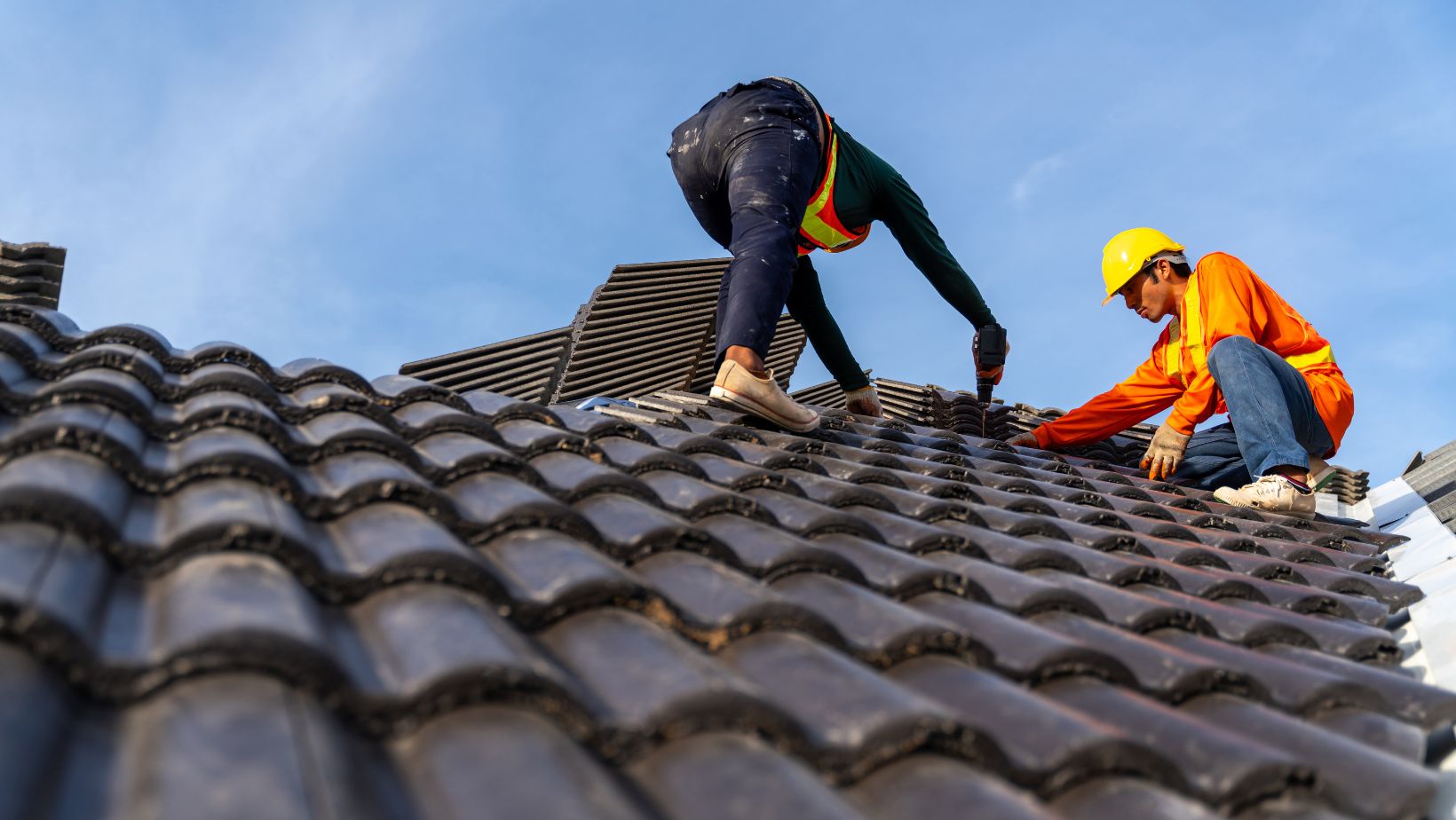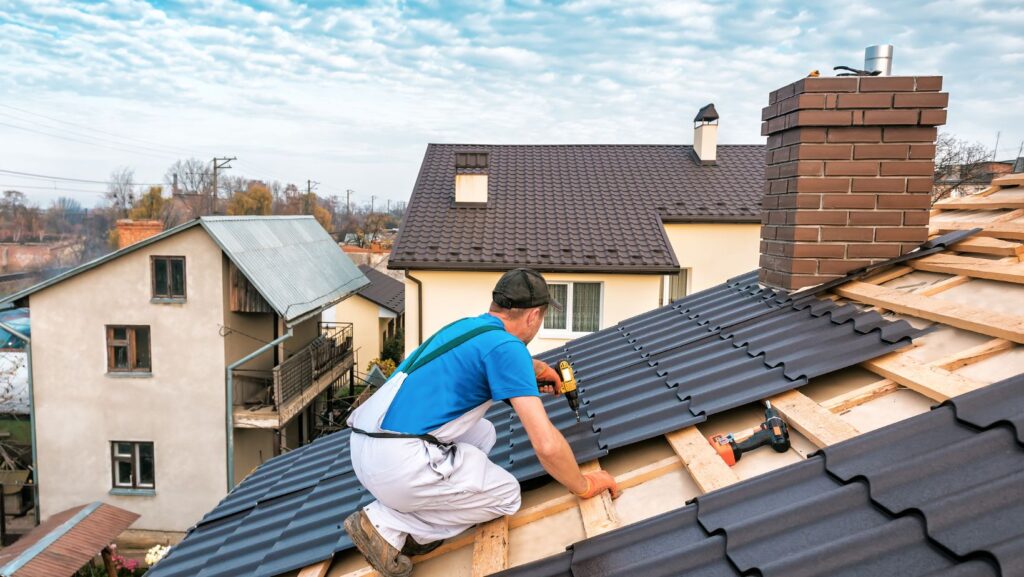A new roof is one of the most important investments you can make in your home. We will explore roofing warranties’ role in protecting that investment and what homeowners often overlook when evaluating their coverage. Most people assume that a warranty is a simple guarantee against future problems, but it’s usually far more nuanced than that. Roofing warranties come in different forms, cover various aspects of the installation, and involve responsibilities for the homeowner and the contractor. Understanding what’s included—and what’s not—can make a huge difference if an issue arises years later. Many homeowners are surprised that improper maintenance, poor installation, or even choosing the wrong materials can void their warranty. Understanding how your warranty works can help you avoid frustration and ensure that your roof provides long-term performance and protection, just as it was intended to do from the beginning.
Contents
Table of Contents
ToggleRoofing Warranties are More Than Just a Piece of Paper
-
The Differences Between Manufacturer and Workmanship Warranties
When homeowners hear the word “warranty,” they often imagine a catch-all protection plan, but most roofing projects come with more than one type of warranty. Manufacturer warranties cover the roofing materials, ensuring that the shingles, underlayment, or other components are defect-free. Depending on the brand and product line, these warranties can stretch from 10 years to a lifetime. However, they often come with conditions—such as proper installation and adequate ventilation—that must be met for the coverage to remain valid. On the other hand, workmanship warranties are provided by the contractor and cover the labor side of the installation. If a leak develops due to improper flashing or misaligned shingles, the workmanship warranty ensures the contractor will return to fix it at no extra cost. It’s important to know that manufacturer warranties typically do not cover installation errors, making it vital to choose a roofer who guarantees their labor. Homeowners should also be aware that not all workmanship warranties are created equal. Some are good for one year, while others last a decade or more, depending on the roofer’s confidence in their work. Clarifying what’s covered under each warranty—and for how long—will help you avoid unexpected expenses later on.
-
Why Proper Installation Is Key to Warranty Coverage
Many homeowners focus heavily on the product brand or shingle quality, assuming that choosing a premium material guarantees protection. However, even the most durable roofing products can fail if installed improperly. Warranties often include language that states the coverage is void if the product isn’t installed according to the manufacturer’s guidelines. This can include everything from nail placement and ventilation to using compatible underlayment materials. Improper installation can lead to premature deterioration, leaks, and even structural issues, none of which may be covered if the guidelines weren’t followed.

Roofers want you to understand that the warranty is not just a safety net—it’s a partnership between you, the contractor, and the manufacturer. Ensuring your roofer follows manufacturer-approved installation practices is essential for maintaining eligibility for coverage. The manufacturer may even require documentation, photos, or inspections to validate the installation if a claim arises. So, while materials matter, the correct application of those materials truly brings value to your warranty.
-
Homeowner Responsibilities and Registration Requirements
Most roofing warranties are not automatic. In many cases, the homeowner must register the warranty with the manufacturer within a specific period after the installation. This step is often overlooked and can result in losing out on years of coverage simply due to missed paperwork. Roofers also advise that warranties frequently include maintenance clauses. This means regular inspections and prompt repairs are necessary to keep the warranty active. Ignoring small leaks, skipping annual checkups, or failing to remove debris from the roof can be considered neglect, which may void your warranty. Some homeowners mistakenly believe that once the roof is installed, they can forget about it until a problem arises. However, proactive care is often a condition of continued protection. Keeping documentation of inspections, repairs, and warranty registration can make future claims easier to process and more likely to succeed. Roofers want homeowners to view their warranty not as a static document but as a living agreement that requires attention and care.
-
What to Ask Before You Sign the Agreement
Before committing to a new roof, homeowners should clearly understand the warranty terms being offered. That means asking your roofer what’s covered, what voids the warranty, and how long each part of the coverage lasts. Be sure to request the manufacturer and workmanship warranties in writing and review them before signing the final contract. Some roofers go the extra mile by offering extended warranties or working with brands that provide transferable warranties, which can be a selling point if you plan to move shortly. One such contractor is Green Vista Roofing, a company known for helping clients navigate the warranty landscape while ensuring proper installation and support for years to come. It’s also wise to ask how to initiate a claim if a problem does occur. Having this information upfront makes it easier to act quickly and decisively if an issue ever arises with your roof.

Roofing warranties offer essential protection for one of your home’s most vital components, but they’re not magic shields against all possible problems. They are agreements that work best when all parties understand their responsibilities. As a homeowner, learning what’s covered, how to maintain your roof, and how to follow the warranty’s guidelines ensures you get the most out of your investment. From product quality to installation standards and maintenance expectations, each aspect keeps your warranty valid and valuable. Roofers want their customers to feel confident—not just when the roof is installed, but for years afterward. That confidence comes from knowing your rights, your obligations, and how to protect both. With this knowledge, you’re better prepared to make informed decisions, avoid misunderstandings, and enjoy a long-lasting roof that performs exactly as promised.

